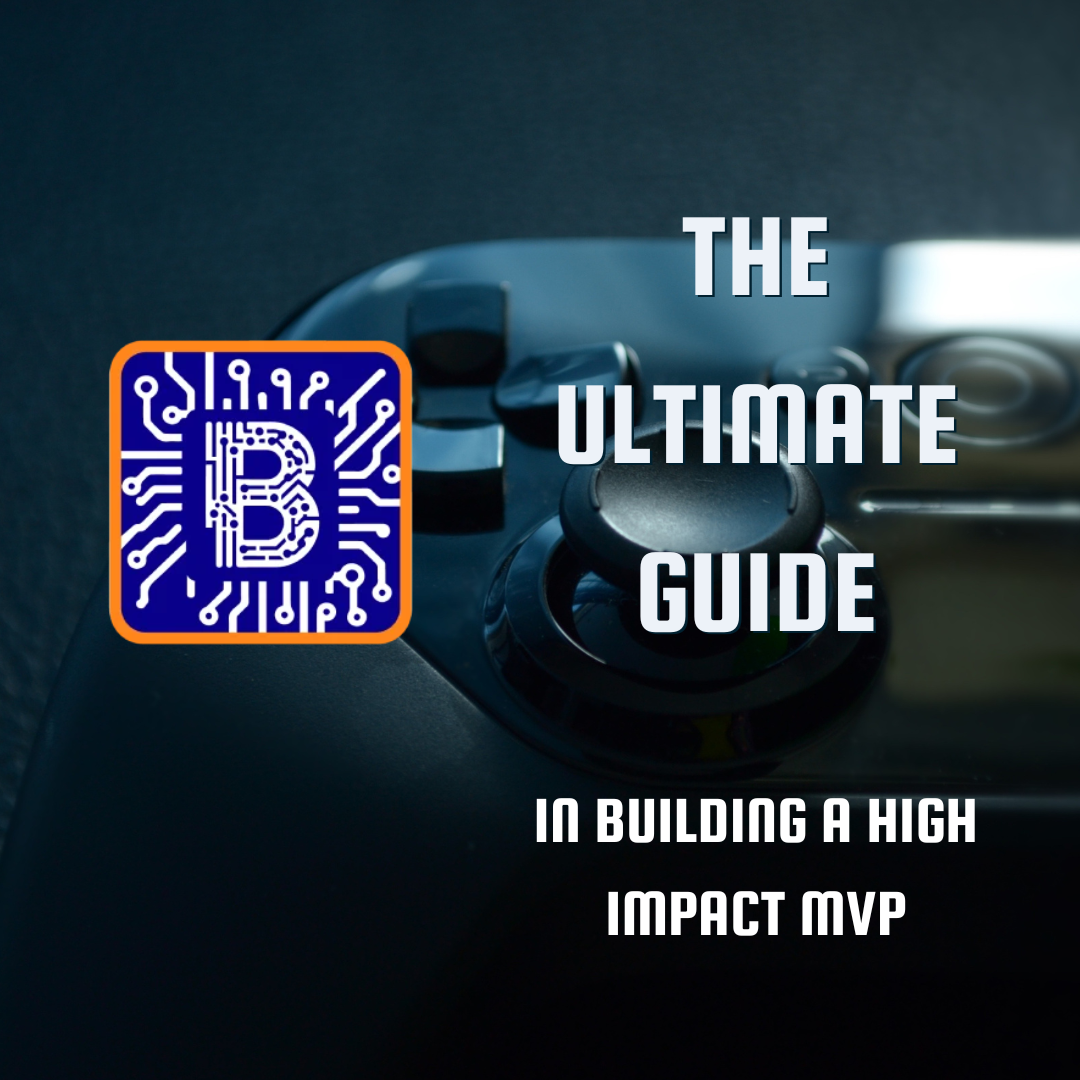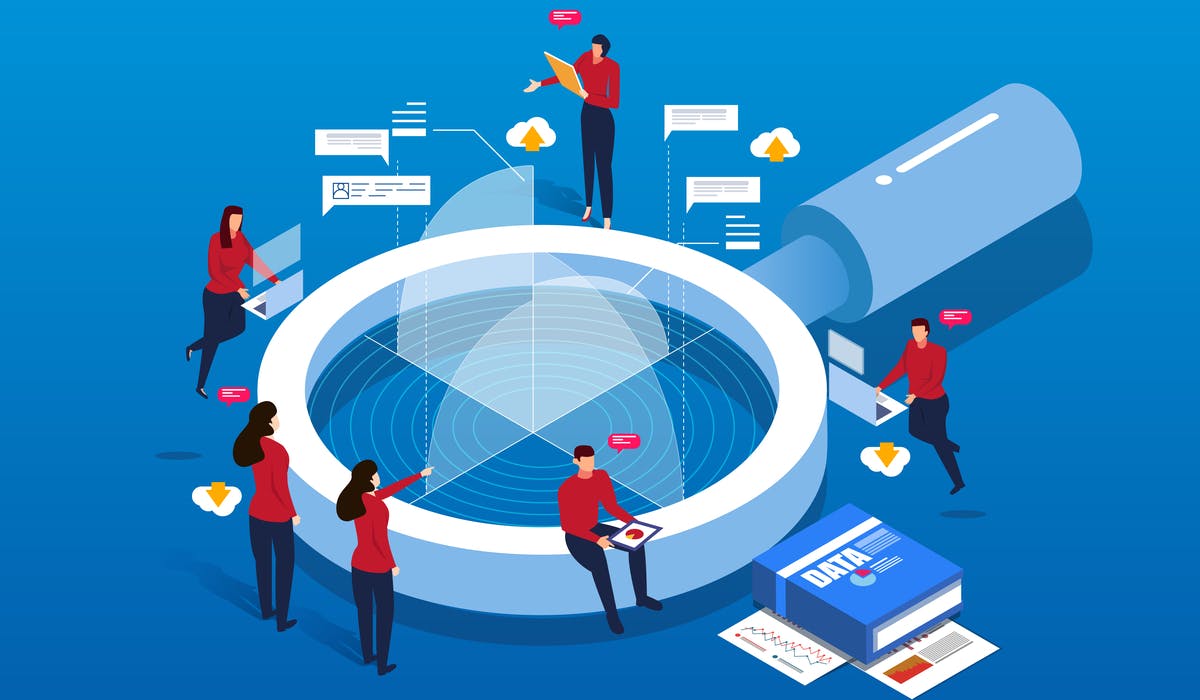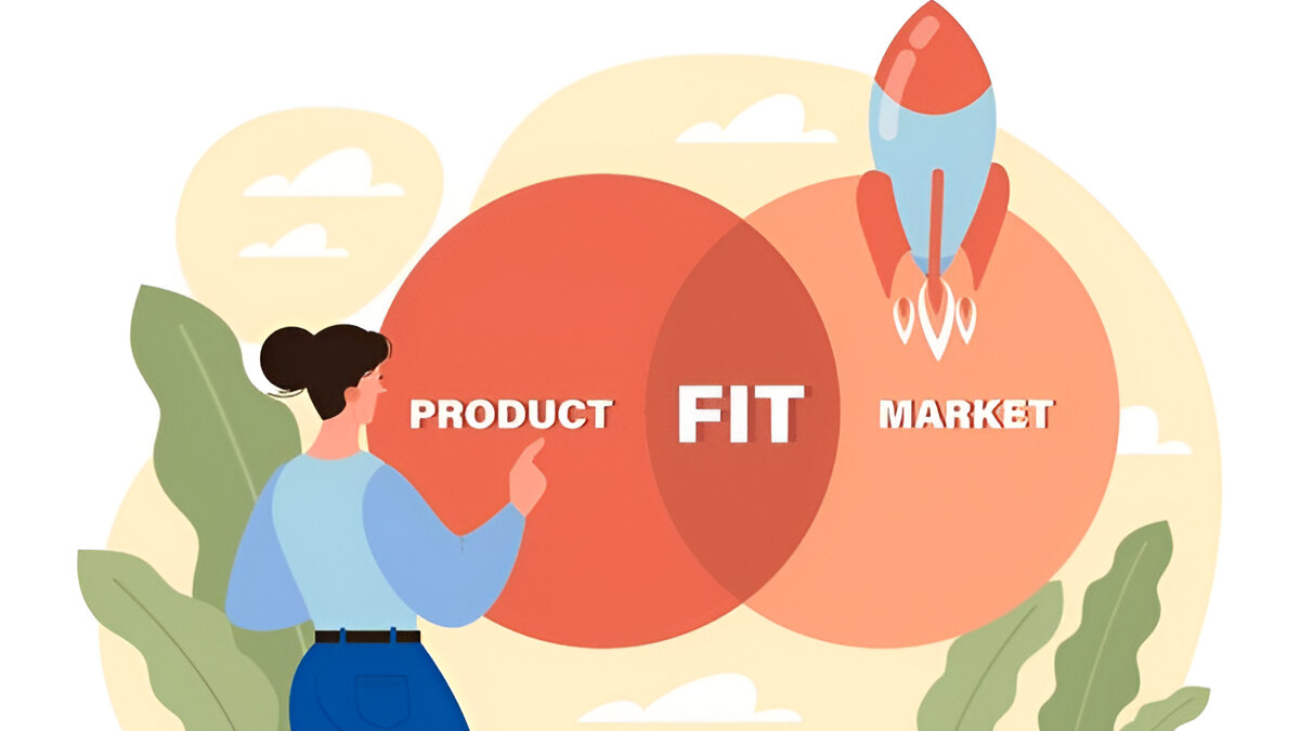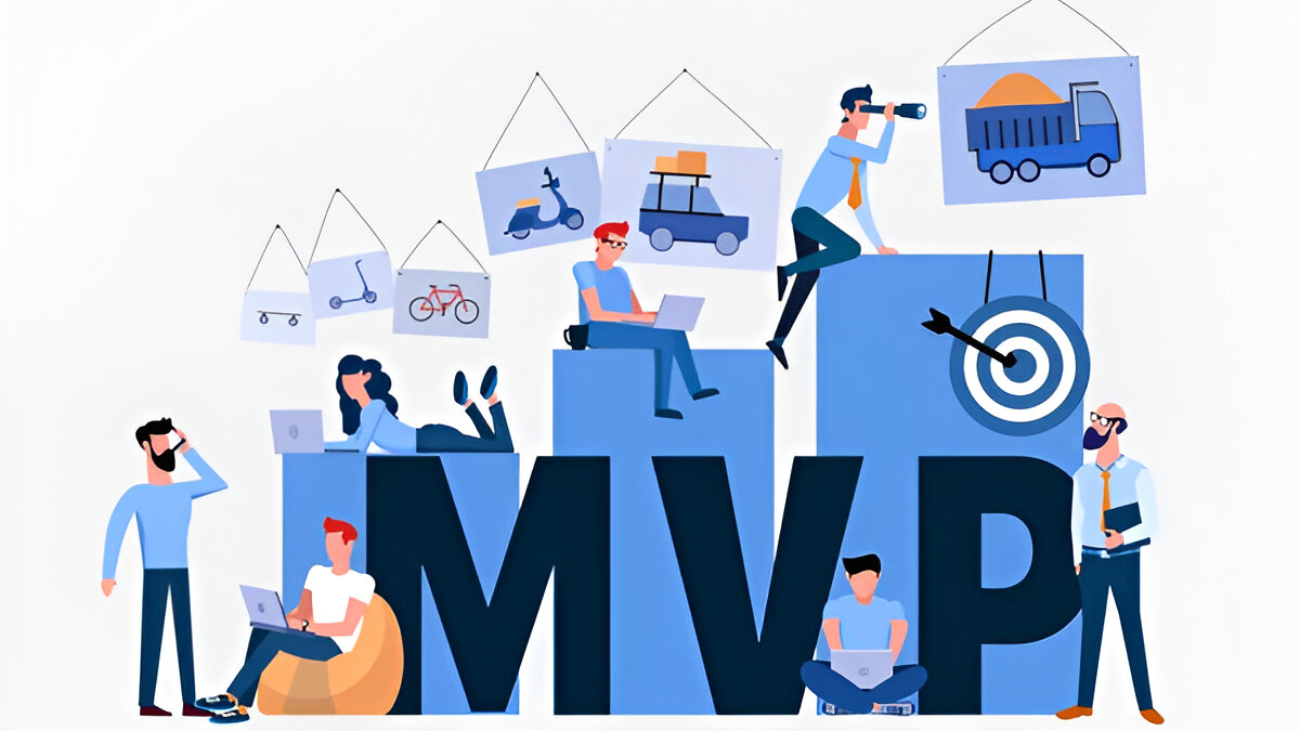Why Technology-Driven Business Models Are The Future?
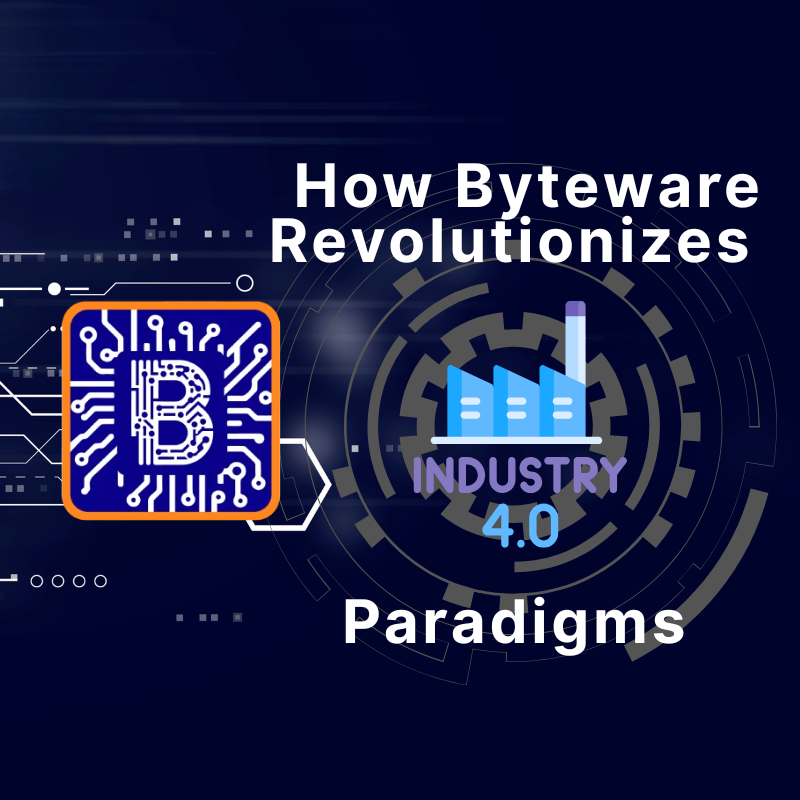
What's Industry 4.0
Industry 4.0, also known as the Fourth Industrial Revolution, marks a new era of smart manufacturing powered by technologies like AI, IoT, robotics, and cloud computing. It connects machines, systems, and data across the production line to improve efficiency and innovation. With real-time insights and automation, businesses can make faster, smarter decisions. Unlike past revolutions, this one blends the physical and digital worlds seamlessly. As a result, it’s transforming how industries operate—from factories to supply chains.
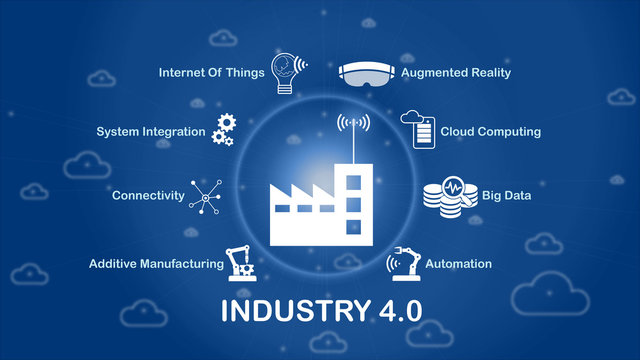
Why Technology-Driven Bussiness Models Are The Future
In the modern digital economy, simply having a great product no longer guarantees survival. Startups burn capital. Enterprises stagnate. Traditional industries collapse under the weight of outdated systems.
At Bytewares — a leading-edge technology consultancy — we believe that business model innovation is the most overlooked, yet most critical factor driving growth for SaaS companies, software platforms, web apps, and traditional industries undergoing digital transformation.
Today, let’s decode the exact frameworks we use to help businesses redesign scalable, future-proof models that drive revenue, adoption, and long-term competitive advantage
The Business Model Canvas - The Operating System For SaaS And Tech Ventures
Bytewares applies the Business Model Canvas as a visual, flexible, and data-driven framework to map and redesign any business:
1️⃣ Customer Segments
2️⃣ Value Propositions
3️⃣ Channels
4️⃣ Customer Relationships
5️⃣ Revenue Streams
6️⃣ Key Resources
7️⃣ Key Activities
8️⃣ Key Partnerships
9️⃣ Cost Structure
This canvas helps SaaS founders, software companies, and industries clarify how they create value, how they deliver it, and how they monetize it — avoiding the rigid, outdated 100-page business plan approach.
The Core: Value Proposition for Real-World Problems
At the heart of every scalable SaaS or web app lies one simple truth: the problem you’re solving defines your growth ceiling.
Industries across manufacturing, healthcare, logistics, fintech, education, and eCommerce are plagued by:
- Fragmented data systems
- Manual, error-prone processes
- Rising operational costs
- Inconsistent customer experiences
- Lack of real-time analytics
Bytewares engineers software platforms, web apps, AI-powered tools, and SaaS products that solve these bottlenecks.

Question
Hyper-Specific Customer Segmentation for SaaS Growth
Scaling SaaS or software platforms demands precision customer segmentation:
- B2B SaaS for logistics automation
- Fintech platforms for SMBs
- Web apps for healthcare patient management
- AI tools for predictive maintenance in manufacturing
Every customer segment requires a custom-tailored value proposition, pricing model, and growth strategy.
Business Model Validation: Avoiding Costly SaaS Failures
Most SaaS failures are not due to product defects but business model misalignments.
At Bytewares, we help startups and enterprises test models before scaling by:
- Building MVPs with measurable KPIs
- Conducting user feedback cycles
- Running controlled A/B experiments
- Monitoring unit economics: CAC, LTV, churn rates
This validation-before-scaling process saves millions in wasted investment.
Optimizing Channels & Customer Relationships
Tech alone doesn’t scale a product — distribution does.
We design omni-channel strategies for SaaS and web apps that include:
- Direct Sales Funnels
- Partnerships & White-Label Models
- Affiliate and Integration Ecosystems
- Product-Led Growth (PLG) Strategies:
Simultaneously, Bytewares implements customer success systems powered by:
- Onboarding automation
- Personalization engines
- Proactive churn prediction AI
Community-building for SaaS stickiness
Revenue Streams that Maximize SaaS Scalability
Selecting the wrong revenue model is a silent SaaS killer. Bytewares customizes monetization models such as:
- Subscription SaaS Models
- Usage-Based Pricing
- Tiered Enterprise Licensing
- Transactional Fee Models
- Freemium-to-Premium Upsells
- API Economy Models
Goal
Key Partnerships & Ecosystem Engineering
Bytewares accelerates platform growth through ecosystem engineering, connecting clients to:
- Data vendors
- API partners
- SaaS integration platforms (Zapier, Make, etc.)
- Industry alliances and government contracts
These partnerships create network effects that traditional standalone businesses cannot replicate.
Cost Structures for Lean SaaS Operations
Cost structure design isn’t just accounting — it’s a survival mechanism for SaaS platforms.
- Cloud optimization (AWS, Azure, GCP)
- Serverless architectures
- Offshore development models
- Automated DevOps pipelines
- AI-powered customer support
Bytewares helps founders create high-margin, lean operational models that are scalable from day one.
Real-World Industry Applications Solved by SaaS & Web Apps
Bytewares delivers SaaS platforms that directly attack core industry problems:
Industry | Key Problem | SaaS Solution |
Healthcare | Patient data fragmentation | Unified EMR SaaS Platforms |
Logistics | Supply chain disruptions | Predictive Logistics SaaS |
Manufacturing | Equipment downtime | Predictive Maintenance AI |
Fintech | SME financing bottlenecks | Lending SaaS Platforms |
Education | Low engagement | Gamified LMS Platforms |
eCommerce | Cart abandonment | Conversion Optimization SaaS |
The Future of Business Model Innovation is SaaS-Led
The companies thriving in 2025+ will be those who understand that business model design IS product design.
- SaaS platforms that integrate AI, ML, and real-time data analytics
- Web apps that personalize every user interaction
- API-first architectures that enable ecosystem dominance
- Pricing models that incentivize customer loyalty while maximizing LTV
How Bytewares Builds SaaS Dominance for Its Clients
At Bytewares, we deliver end-to-end SaaS consultancy and execution, including:
-Business Model -Engineering
-SaaS Architecture Design
-AI-Powered Automation Solutions
-Go-To-Market Strategy –Development
-Monetization & Pricing -Optimization
-Technical Buildout & Cloud -Deployment
Final Words: Why Bytewares Is the Partner Behind Tomorrow’s SaaS Giants
In a world where technology shifts overnight, where industries are being rebuilt on digital foundations, and where SaaS companies either scale or vanish — business model innovation is no longer optional, it’s survival.
At Bytewares, we don’t just build software.
We build business models engineered for scale, stability, and unstoppable growth — models that attract funding, dominate markets, and solve real industry problems through precision tech consulting and future-ready SaaS architecture.
Every platform we touch is designed with one mission:
To turn your product into a growth engine that compounds value, month after month, year after year.
Whether you’re:
- A SaaS founder preparing for hypergrowth
- An enterprise undergoing digital transformation
- An industry leader breaking legacy systems
Bytewares is the silent force behind your most profitable future.
The next market leaders aren’t waiting for disruption. They’re engineering it. With Bytewares, you’ll build what others will chase.


